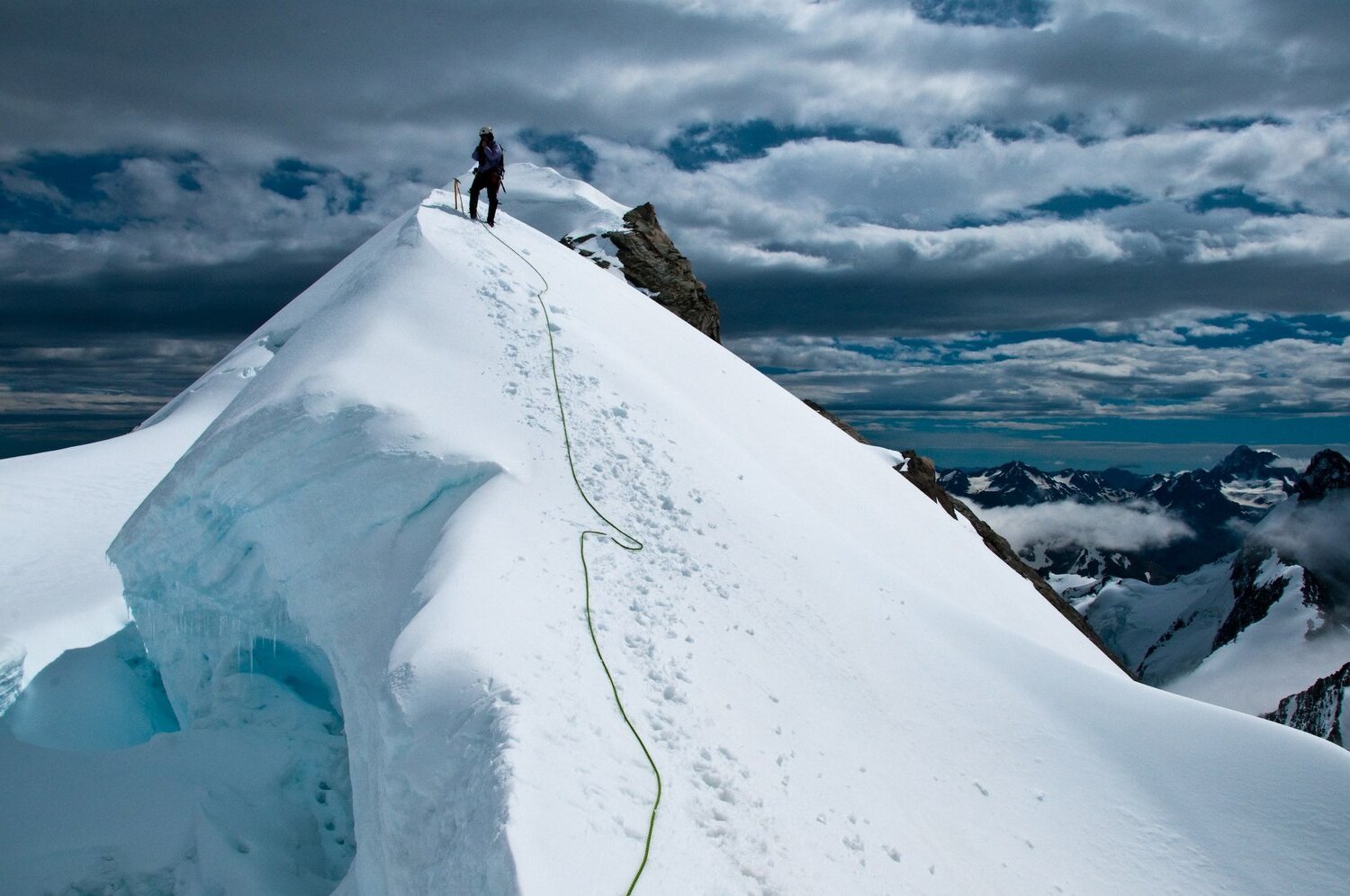
High altitude climbing is a thrilling yet challenging adventure that pushes human limits. But what makes it so fascinating? From the thin air to the extreme weather, climbers face numerous obstacles. Did you know that at elevations above 8,000 meters, the body starts to deteriorate due to lack of oxygen? This zone is aptly named the "Death Zone." Climbers must acclimate to avoid altitude sickness, which can be deadly. Ever wondered how climbers stay warm? They use specialized gear designed to withstand freezing temperatures. High altitude climbing isn't just about physical strength; mental toughness plays a crucial role too. Ready to learn more? Let's dive into 24 intriguing facts about this extreme sport.
Key Takeaways:
- High altitude climbing is physically and mentally demanding, with risks like avalanches and frostbite. Famous climbs include Mount Everest and K2, but history also holds tragic losses and remarkable achievements.
- Climbers face extreme physical demands, requiring specialized gear and mental fortitude. Understanding the risks and history of high altitude climbing is crucial for anyone considering this challenging adventure.
High Altitude Climbing: An Adventure Like No Other
High altitude climbing is an exhilarating yet challenging pursuit. It involves scaling mountains that reach dizzying heights, often above 8,000 meters. Here are some fascinating facts about this extreme sport.
The Physical Demands of High Altitude Climbing
Climbing at high altitudes puts immense strain on the human body. Understanding these physical demands is crucial for anyone considering this adventure.
- Oxygen Levels: At altitudes above 8,000 meters, oxygen levels are only about one-third of those at sea level. This makes breathing difficult and can lead to hypoxia.
- Altitude Sickness: Symptoms like headaches, nausea, and dizziness are common. Severe cases can lead to life-threatening conditions like pulmonary or cerebral edema.
- Caloric Burn: Climbers can burn up to 10,000 calories a day due to the strenuous activity and cold temperatures.
- Muscle Loss: Prolonged exposure to high altitudes can cause significant muscle loss, even with adequate nutrition.
The Gear and Equipment
Proper gear is essential for high altitude climbing. It not only ensures safety but also enhances performance.
- Specialized Clothing: Climbers wear layers of insulated clothing to protect against extreme cold. This includes down suits, thermal underwear, and windproof jackets.
- Oxygen Tanks: Supplemental oxygen is often used above 7,000 meters to help climbers breathe more easily.
- Crampons and Ice Axes: These tools are vital for navigating icy and snowy terrains.
- Tents and Sleeping Bags: High-altitude tents and sleeping bags are designed to withstand harsh weather conditions and provide warmth.
The Mental Challenges
Mental fortitude is as important as physical strength in high altitude climbing. The mental challenges can be daunting.
- Isolation: Climbers often spend weeks away from family and friends, leading to feelings of loneliness.
- Fear and Anxiety: The risk of avalanches, falls, and other dangers can cause significant stress.
- Decision-Making: Quick, sound decisions are crucial, especially in life-threatening situations.
- Motivation: Keeping morale high is essential, especially during long, grueling climbs.
The Risks Involved
High altitude climbing is fraught with risks. Understanding these dangers can help climbers prepare better.
- Avalanches: These can occur without warning and are often deadly.
- Crevasses: Deep cracks in glaciers can be hidden by snow, posing a significant danger.
- Frostbite: Prolonged exposure to cold can cause severe tissue damage.
- Altitude-Related Illnesses: Conditions like High Altitude Pulmonary Edema (HAPE) and High Altitude Cerebral Edema (HACE) can be fatal if not treated promptly.
Famous High Altitude Climbs
Some mountains are iconic in the world of high altitude climbing. These peaks attract climbers from around the globe.
- Mount Everest: The highest peak in the world at 8,848 meters, Everest is a dream climb for many.
- K2: Known as the "Savage Mountain," K2 is the second-highest peak and one of the most challenging climbs.
- Kangchenjunga: The third-highest mountain, located in the Himalayas, is known for its treacherous weather conditions.
- Lhotse: Adjacent to Everest, Lhotse is the fourth-highest peak and offers a challenging climb.
The History of High Altitude Climbing
The history of high altitude climbing is filled with remarkable achievements and tragic losses.
- First Ascent of Everest: Sir Edmund Hillary and Tenzing Norgay made the first successful ascent of Everest in 1953.
- First Winter Ascent of K2: Achieved in 2021 by a team of Nepali climbers, this was a historic milestone.
- First Solo Ascent of Everest: Reinhold Messner completed the first solo ascent without supplemental oxygen in 1980.
- First Female Ascent of Everest: Junko Tabei from Japan became the first woman to summit Everest in 1975.
The Final Ascent
High altitude climbing isn't just about reaching the summit. It's a test of endurance, mental strength, and adaptability. Climbers face extreme weather, oxygen deprivation, and physical exhaustion. Yet, the thrill of standing atop a peak, surrounded by breathtaking views, makes it all worthwhile. Preparation is key—proper gear, acclimatization, and understanding the risks can make or break an expedition. Remember, every mountain climbed is a story of perseverance and triumph. Whether you're an experienced mountaineer or just starting, these facts highlight the challenges and rewards of high altitude climbing. So, lace up your boots, pack your gear, and embrace the adventure. The mountains are calling, and they promise an experience like no other. Happy climbing!
Frequently Asked Questions
Was this page helpful?
Our commitment to delivering trustworthy and engaging content is at the heart of what we do. Each fact on our site is contributed by real users like you, bringing a wealth of diverse insights and information. To ensure the highest standards of accuracy and reliability, our dedicated editors meticulously review each submission. This process guarantees that the facts we share are not only fascinating but also credible. Trust in our commitment to quality and authenticity as you explore and learn with us.
